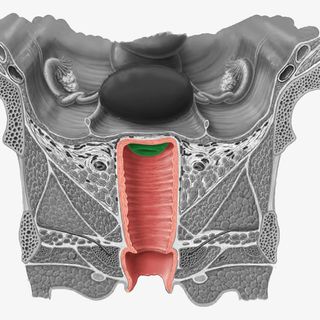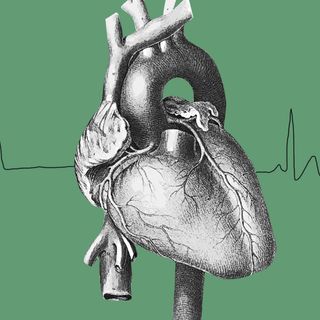Since the onset of the coronavirus pandemic, experts have recommended “open air ventilation”in indoor spaces — which means, allowing natural air in. Maximizing ventilation, and avoiding recirculation, can reduce viral load in the air, thereby lowering the risk of severe Covid19 infections, they believe.
A recent study, published in the Asia Pacific Journal of Public Health, and conducted by a team of researchers from New Delhi and Mangalore, states that the lack of open air ventilation is a “major compounding factor [for Covid19] as the virus remains in the environment,” and leads to “regular and repeated exposure to the virus.” The study explained that the virus remains airborne in enclosed spaces indoors, so breathing in that air repeatedly tends to build up a higher viral load in the upper respiratory tract of those exposed to it. And the higher one’s viral load, the higher the chances of experiencing a severe form of Covid19.
In June, Edward Nardell, professor of environmental health, and of immunology and infectious diseases, at the Harvard University, explained that when windows are closed and air conditioners turned on, even in an office with skeletal staff, the levels of carbon dioxide rise steeply, demonstrating that the occupants are rebreathing air in the room and from each other. So far, experts suspect that the lack of proper ventilation could be responsible for the spread of Covid19 in a few instances, including an outbreak at an air-conditioned, windowless restaurant in Guangzhou, China, and another one at a choir rehearsal in Washington, where, according to experts, “caution measures for fomite and droplet transmission [were] taken.” Natural cross-ventilation has always been considered necessary in buildings to remove “stale air” and replace it with “fresh air,” which also make living spaces safer from infectious diseases.
Related on The Swaddle:
What Are Covid19 ‘Immunity Passports’ and Will They Work?
“In places like centrally air-conditioned shopping centres, etc., where there are usually a lot of people, the virus can get recycled in the air for a short span of time,” Sambuddha Chaudhuri, an epidemiologist at the Indian Institute of Technology, Bombay, told The Print in March. Now, with offices slowly opening up and the government planning a phased reopening of schools this month, it is pertinent to devise ways to minimize exposure to the virus or, at the very least, take steps to minimize the viral load. At the very top of WHO’s long list of recommendations on the subject is: “Consider using natural ventilation, opening windows if possible and safe to do so.” Especially for offices, schools, and tourist accommodations, WHO emphasized on “fresh, clean air,” and “an increased ventilation rate… preferably without recirculation of the air.”
“If adequate outdoor air infusion is not ensured, and some way of killing the viral particles – such as plasma ionisation or UV ray treatment – then there may be a higher risk of infection,” Dr. Neeraj Gupta, a professor in the Department of Pulmonary, Critical Care and Sleep Medicine at Safdarjung Hospital, told Hindustan Times. Dr. Shyam Aggarwal, co-author of the recent study, and oncologist and hematologist at Sir Ganga Ram Hospital, also recommended increasing the number of air exchanges in enclosed air-conditioned spaces to “12 to 15 exchanges an hour,” to contain the viral load, but added that this puts more strain on the air conditioning systems, and also leads to more electricity consumption.
It appears safest to ensure closed spaces, such as offices or schools, remain properly ventilated. Although with India’s air pollution rates, and studies suggesting that air pollution can increase the risk of death due to Covid19 by twenty times, the choice is not so straightforward.




